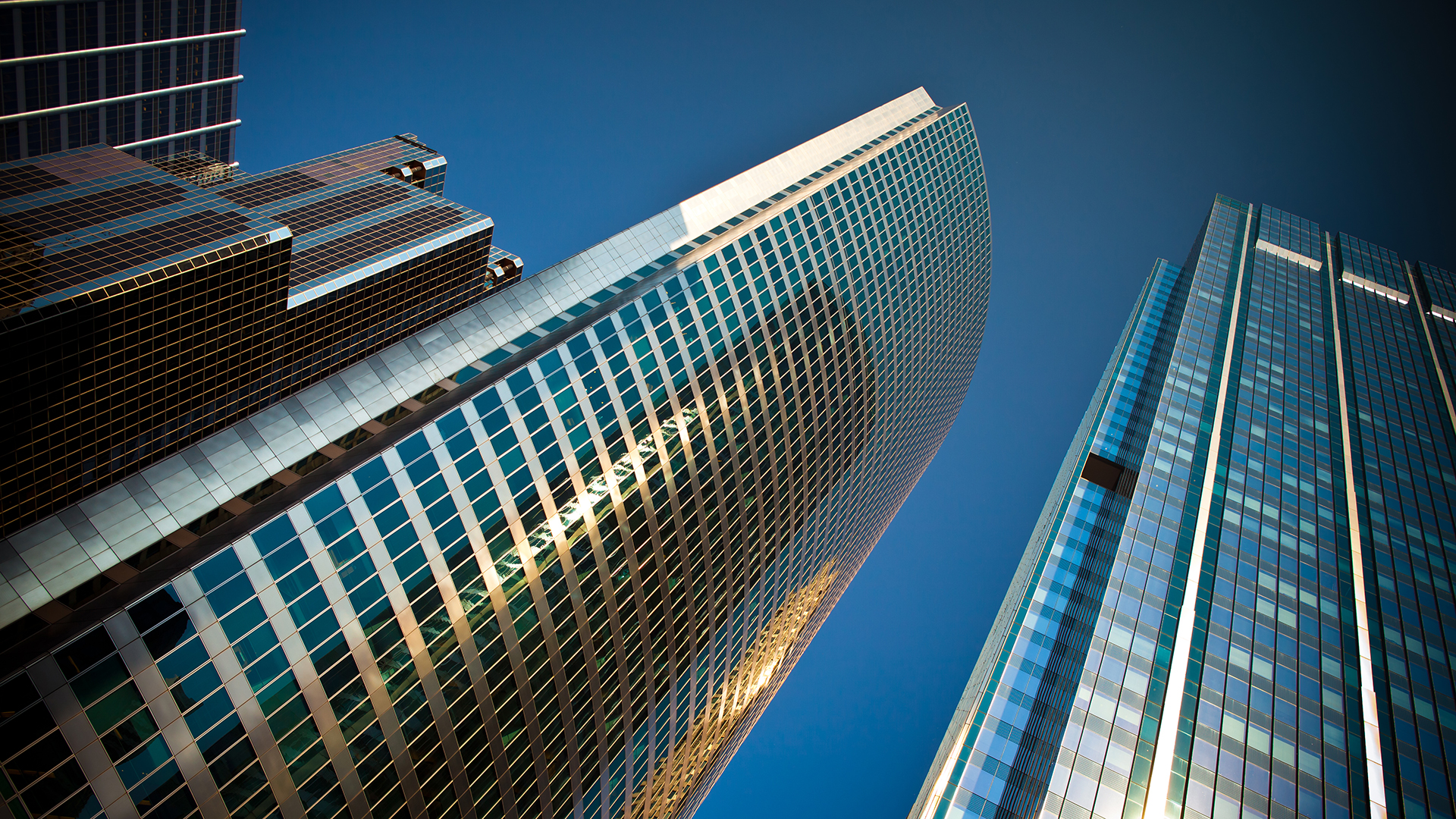This article was first published in our April 2022 issue of Real Estate Focus. Since this article was first published, the Building Safety Act 2022 received Royal Assent.
Following the Grenfell Tower tragedy in June 2017 and the long running Public Inquiry, the Government has been under pressure to respond to the cladding crisis which has left many residents of high rise dwellings feeling unsafe in their own homes.
The Rt Hon Michael Gove MP, heading up the Department for Levelling Up, Housing and Communities (DLUHC), has responded by establishing the Building Safety Fund (BSF) and also requiring home builders to sign up to the Building Safety Pledge (the Pledge).
The BSF was introduced in May 2020 to cover costs related to the removal of dangerous non asbestos cladding materials (non-ACMs) cladding in high-rise buildings in England (ensuring that leaseholders do not bear the cost of addressing safety risks associated with non-ACM cladding in tall buildings). Discussions between the Home Builders Federation (HBF) and the DLUHC have been taking place over the last few months culminating recently in the publication of the Pledge.
Which parties have signed up?
So far, approximately 53 house builders have signed up to the Pledge, by agreeing to pay for the removal of dangerous non-ACM cladding in high-rise buildings between 11 and 18 metres high.
Leading home builders including Crest Nicholson, Persimmon, Countryside, Taylor Wimpey and Berkeley Group have signed up to repair or pay for mitigation works to address life-critical fire safety investigations in which they had some development interest. The final deadline for signing up to the Pledge was 5 April 2022.
The Government has further stated that it will impose enforcement provisions against non-signatories of the Pledge (although the legality of measures suggested to date have been called into question – see below).
Enforcement measures suggested include planning restrictions and restraints and disqualification from public procurement contracts. Signatories to the Pledge have already recorded further exceptional charges in their financial statements.
What is expected of house builders?
Michael Gove had previously made clear that developers and manufacturers should be expected absorb the cost of remediation work in respect of non-ACM cladding on buildings between 11 and 18 metres high, and has made clear his strong opposition towards the financial burden associated with the remediation costs of non-ACM cladding being placed on leaseholders. Mr Gove has also requested that information is transparently provided on all buildings with historic fire safety defects over the last 30 years.
Additional measures
Building Safety Levy
Developers of certain buildings considered ‘higher risk’ (as defined in the Building Safety Bill), may also find themselves subject to a Building Safety Levy (the Levy). Such ‘higher risk’ buildings are residential buildings or care home over 18 metres or 7 storeys high.
The Levy, as well as the remediation tax (see below) form part of the Government’s building safety package, aimed at ensuring house builders bear the costs of removing any unsafe cladding in high-rise buildings. Recently, the Levy has been extended to raise up to an estimated £3 billion over ten years from developers for the removal of non-ACM cladding and the Secretary of State can vary the extent of the Levy over time.
Remediation tax
The Government will also implement a new 4% tax on residential property developers with annual profits in excess of £25 million, to further fund the removal of non-ACM cladding. This tax will be effective from 1 April 2022 and will apply to profits arising from residential property development recognised in accounting periods ending on or after this same date.
It has more recently been reported that the Government is no longer requesting house builders to contribute towards the £4 billion cladding remediation fund (part of the BSF), which the Government estimates will be the total cost for remediation works in relation to cladding on buildings between 11 and 18 metres. However, it is worth noting that negotiations between Government and house builders on the BSF are expected to re-commence later this year, where it is expected that the cladding remediation fund mentioned above (and the possibility of house builders’ contributions to this fund) will be discussed.
Updates
On 13 April 2022, Michael Gove was able to reach a legally-enforceable deal with the signatories to the Pledge, which secures £5 billion worth of funding for the removal of safety critical cladding in high-rise buildings; with developers committing £2 billion to fix their own buildings, and the industry generally contributing £3 billion through the Levy expansion.
Conclusion
It is clear that prominent house builders are committing funds to remediate costs associated with non-ACM cladding works and safety critical remediation works. This is in response to growing public criticism, political pressure and the need to avoid the possibility of another Grenfell tragedy. The financial pressure for some of the smaller or privately owned house builders has been intense and for all house builders the commitment is a substantial one. Negotiations in relation to house builders’ contributions to the BSF are expected to re-commence later in the year between the HBF and DLUHC to establish further details and enable implementation of Pledge commitments.





